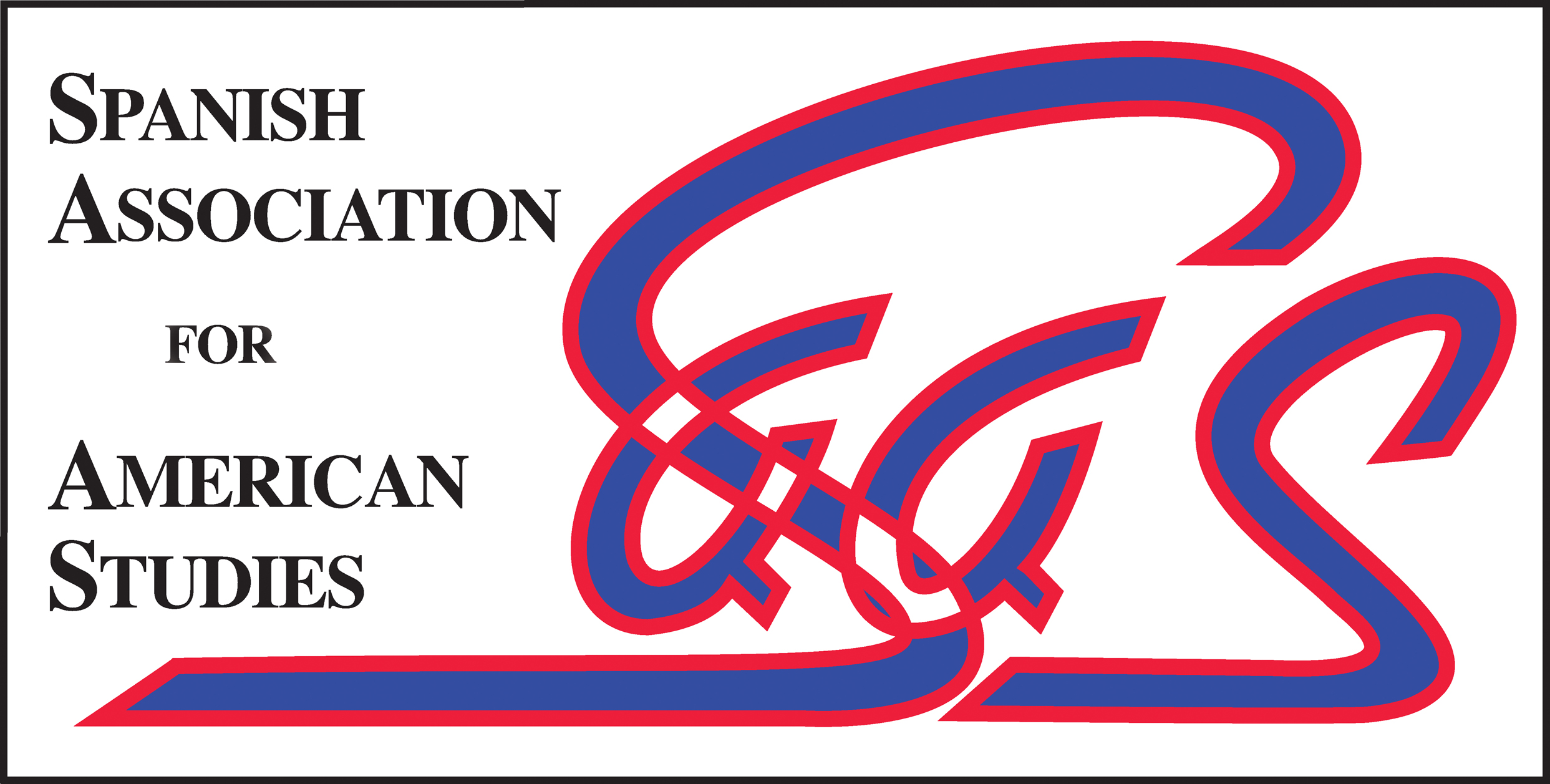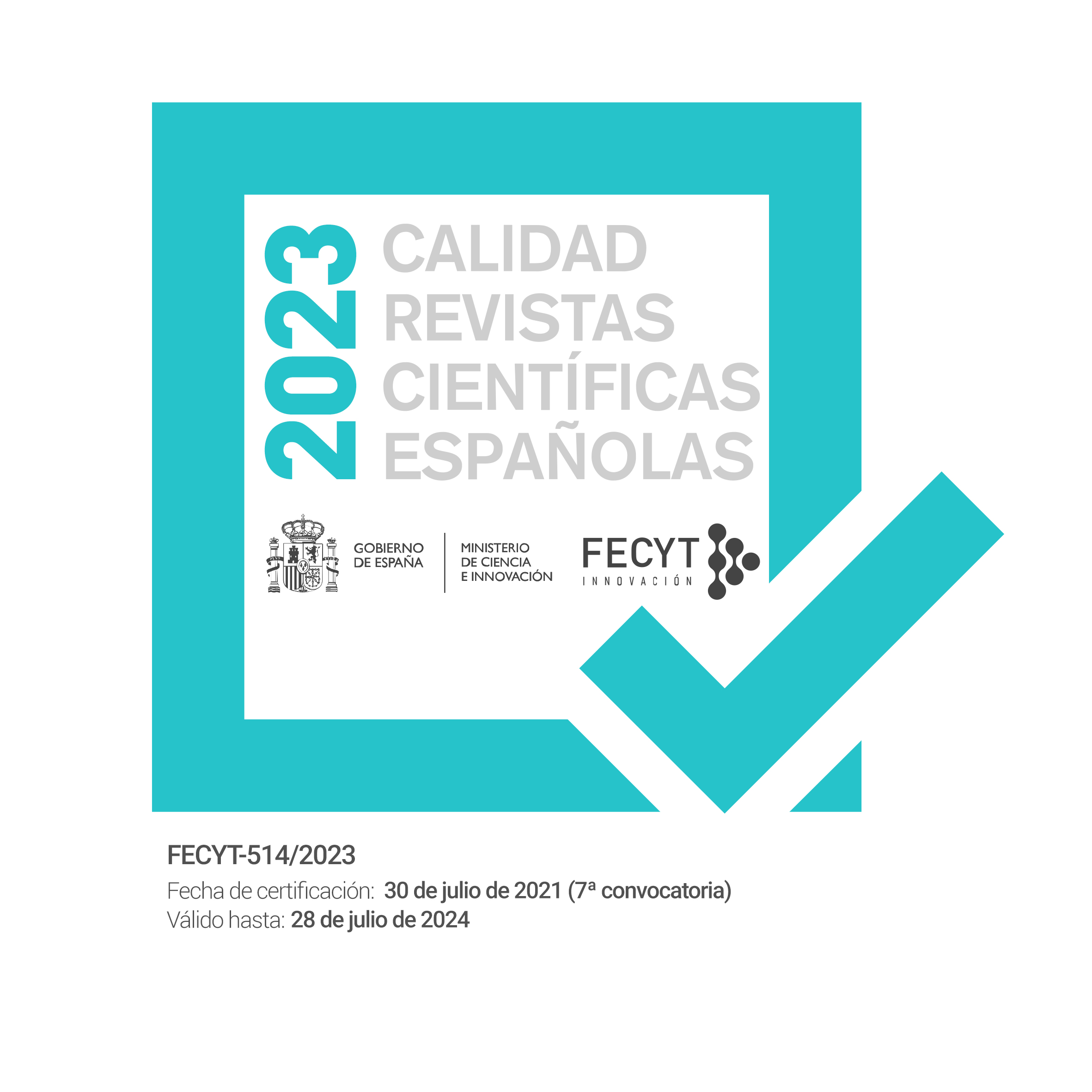SARAH E. FARRO’S TRUE LOVE (1891): PLAGIARIST RECONFIGURATIONS OF ELLEN WOOD’S THE SHADOW OF ASHLYDYAT (1863)
DOI:
https://doi.org/10.12795/REN.2022.i26.01Keywords:
Sarah E. Farro, True Love, Plagiarism, African American Women Writing, Victorian Sensation Novel, Literary Anglophilia, Ellen Wood, The Shadow of AshlydyatAbstract
In 1891 Sarah E. Farro was hailed as “the first negro novelist” with the publication of her novel True Love, a story featuring white English characters set in England. Scholars have believed that Farro’s text was ignored because it features no black characters and does not deal with racial issues. In contrast to these opinions, I contend that True Love is an unacknowledged but meticulous reworking of The Shadow of Ashlydyat (1863), the celebrated Victorian sensation novel by Ellen Wood. Farro’s plagiarism together with her deployment of a raceless plot far from being an aberration is an act freighted with a titanic self-affirmation and literary ambition that may have ultimately condemned her to literary ostracism.
Downloads
Metrics
References
BELLER, Anne-Marie. “Suffering Angels: Death and Femininity in Ellen Wood’s Fiction.” Women’s Writing, vol. 15, nº 2, 2008, pp. 219-231.
CLARKE, Edith E. List of books sent by home and foreign committees to the Library of the Woman’s Building, World’s Columbian Exposition, Chicago, 1893, compiled for the United States World’s Columbian Commission Board of Lady Managers under the direction of Edith E. Clarke.
CLARKIN, William. “Donohue & Henneberry.” Publishers for Mass Entertainment in Nineteenth-Century America. Edited by Madeleine Stern. G.K. Hall & Co., 1980, pp. 119-121.
COOPER, Brittney C. Beyond Respectability: The Intellectual Thought of Race Women. U of Illinois P, 2017.
DAVIS, Elizabeth Lindsay. The Story of the Illinois Federation of Colored Women’s Clubs. Chicago, s.n., 1922.
DRAKE, St Clair, and Horace Roscoe Cayton. Black Metropolis: A Study of Negro Life in a Northern City. Harcourt, Brace and Company, 1945.
FARRO, Sarah E. True Love: A Story of English Domestic Life. Donohue & Henneberry, 1891.
FIKES, Robert, Jr. “Escaping the Literary Ghetto: African American Authors of White Life Novels, 1946-1994.” Western Journal of Black Studies, vol. 19, 1995, pp. 105-112.
FOREMAN, P. Gabrielle, and Cherene SHERRARD-JOHNSON. “Racial Recovery, Racial Death: An Introduction in Four Parts.” Legacy, vol. 24, nº 2, 2007, pp. 157-170.
GALLAGHER, Bernice E. Illinois Women Novelists in the Nineteenth Century: An Analysis and Annotated Bibliography. U of Illinois P, 1994.
—-. “Illinois Women’s Novels at the Woman’s Building Library.” Libraries & Culture 41.1 The Woman’s Building Library of the World’s Columbian Exposition, 1893, Winter 2006, pp. 109-132.
GARDNER, Eric. Unexpected Places: Relocating Nineteenth-Century African American Literature. UP of Mississippi, 2009.
GATES, Henry Louis, Jr., and Gene Andrew JARRETT. The New Negro: Readings on Race, Representation, and African American Culture, 1892-1938. Princeton UP, 2007.
GAUTIER, Amina. “African American Women’s Writings in the Woman’s Building Library.” Libraries & Culture, vol. 41, nº 1, Winter 2006, pp. 55-81.
GERE, Anne Ruggles, and Sarah R. Robbins. “Gendered Literacy in Black and White: Turn-of-the-Century African-American and European-American Club Women’s Printed Texts.” Signs, vol. 21, nº 3, Spring 1996, pp. 643-678.
GERHARDT, Christine. “Reading the Nineteenth-Century Novel in the Present: An Introduction.” Handbook of the American Novel of the Nineteenth Century. Edited by Christine Gerhardt. De Gruyter, 2018, pp. 1-14.
GERZINA, Gretchen. “After the rediscovery of a 19th-century novel, our view of black female writers is transformed.” The Conversation, 26 May 2016. https://theconversation.com/after-the-rediscovery-of-a-19th-century-novel-our-view-of-black-female-writers-is-transformed-60016
—-. “Farro, Sarah E. (1859–?), a writer.” 2018.
https://doi.org/10.1093/acref/9780195301731.013.77978
HACK, Daniel. Reaping Something New: African American Transformations of Victorian Literature. Princeton: Princeton UP, 2016.
HENDRICKS, Wanda A. Gender, Race, and Politics in the Midwest: Black Club Women in Illinois. Indiana UP, 1998.
JAY, Elisabeth. “Introduction.” East Lynne. Edited by Ellen Wood. Oxford UP, 2005, pp. viii-xlvi.
JOYCE, James. Ulysses. 1922. Penguin Twentieth-Century Classics, 1992.
KNUPFER, Anne Meis. Toward a Tenderer Humanity and a Nobler Womanhood. African American Women’s Clubs in Turn-of-the-Century Chicago. New York UP, 1996.
MACFARLANE, Robert. Original Copy: Plagiarism and Originality in Nineteenth-Century Literature. Oxford UP, 2007.
MAJORS, Monroe Alphus. Noted Negro Women. Their Triumphs and Activities. Donahue & Henneberry, 1893.
MANSEL, Henry. “Sensation Novels.” Quarterly Review, vol. 113, April 1863, pp. 481–514.
MASSA, Ann. “Black Women in the ‘White City’.” Journal of American Studies, vol. 8, nº 3, December 1974, pp. 319-337.
MCHENRY, Elizabeth. Forgotten Readers. Recovering the Lost History of African-American Literary Societies. Duke UP, 2002.
STILL, Judith and Michael WORTON. “Introduction.” Intertextuality: Theories and Practices. Edited by Michael Worton and Judith Still. Manchester UP, 1990, pp. 1-44.
MOSSELL, Gertrude N. F. The Work of the Afro-American Woman. 1894. Introduction Joanne Braxton. Schomburg Library of Nineteenth-Century Black Women Writers. Oxford UP, 1988.
NUGENT, Theresa Lanpher. “Reading Molly Bloom.” 1994. Dissertations, Theses, and Masters Projects. Paper 1539625891. https://dx.doi.org/doi:10.21220/s2-xnxq-vk32
PETERSON, Carla L. “Subject to Speculation: Assessing the Lives of African-American Women in the Nineteenth Century.” Women’s Studies in Transition: The Pursuit of Interdisciplinarity. Edited by Kate Conway-Turner, et al. U of Delaware P, 1998, pp. 109–117.
RANDALL, Marilyn. “Appropriate(d) Discourse: Plagiarism and Decolonization.” New Literary History, vol. 22, nº 3, 1991, pp. 525-541.
ROBBINS, Hollis and Henry Louis Gates. The Portable Nineteenth-Century African American Women Writers. Penguin, 2017.
RUDWICK, Elliott M. and August MEIER. “Black Man in the “White City”: Negroes and the Columbian Exposition, 1893.” Phylon, vol. 26, nº 4, 1965, pp. 354-361.
SANBORN, Geoffrey. Plagiarama!: William Wells Brown and the Aesthetic of Attractions. Columbia UP, 2016.
—-. “The Pleasure of Its Company: Of One Blood and the Potentials of Plagiarism.” American Literary History, vol. 32, nº 1, Spring 2020, pp. e1–e22, https://doi.org/10.1093/alh/ajz054
SERGEANT, Adeline. “Mrs Henry Wood.” Women Novelists of Queen Victoria’s Reign: A Book of Appreciations. Edited by Margaret Oliphant et al. Hurst & Blackett, 1897, pp. 174-192.
SICHERMAN, B arbara. “Sense and Sensibility: A Case Study of Women’s Reading in Late-Victorian America.” Reading in America: Literature and Social History. Edited by Cathy N. Davidson. John Hopkins UP, 1989, pp. 201-225.
TAMARKIN, Elisa. Anglophilia, Deference, Devotion, and Antebellum America. The U of Chicago P, 2007.
WALLER, Philip. Writers, Readers, and Reputations: Literary Life in Britain, 1870-1918. Oxford UP, 2008.
WOOD, Ellen (Mrs Henry). The Shadow of Ashlydyat. 3 vols. Richard Bentley, 1863.
Downloads
Published
Versions
- 2022-12-29 (2)
- 2022-03-22 (1)
How to Cite
Issue
Section
Accepted 2022-01-17
Published 2022-12-29














